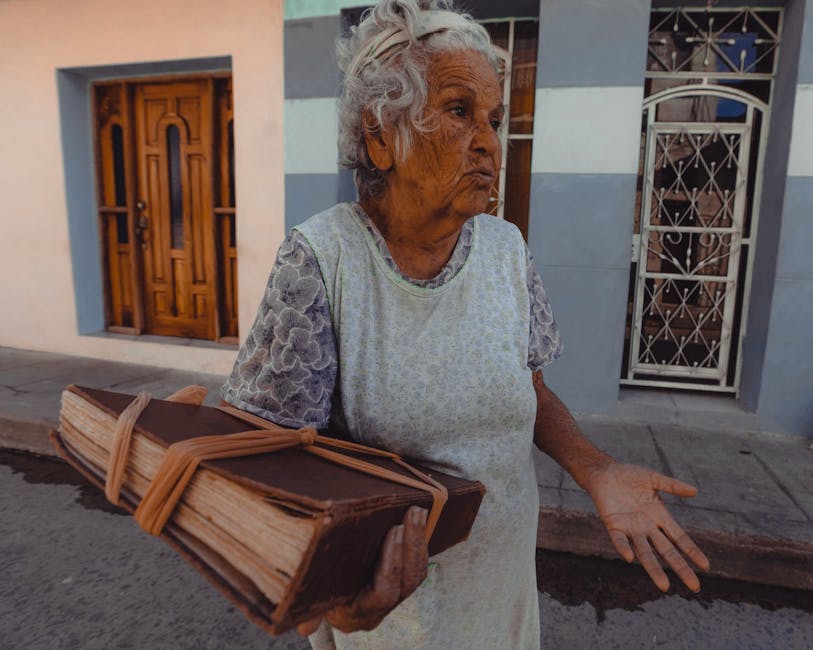Introduction: Why Documentaries Hit Harder Than Ever
Documentary content is having a moment—and it’s more than just a trend. Audiences in 2024 are tuning in not for polished plotlines, but for raw, unfiltered truth. In a world wired for instant attention and fed up with formulaic fiction, viewers are leaning into stories that reflect their own reality or challenge what they think they know.
The shift is clear: instead of escapism, there’s a growing demand for relevance. People want grit, not gloss. They want creators who can unpack the world without high drama or special effects. That’s why documentaries—whether investigative, intimate, or somewhere in between—are gripping millions. Because they don’t just entertain. They move, provoke, and linger.
Behind every great doc is something deeper: cultural reflection, emotional resonance, or a quiet truth waiting to be heard. For creators, the ceiling isn’t just about view counts—it’s about changing how people see the world.
The Power of Story-Driven Reality
What’s pulling people in right now? Simple: real stories, told plainly. Not every documentary needs sweeping drone shots or million-dollar budgets. Viewers are showing up for people with something to lose and moments that feel unfiltered. They want to see honesty—not perfection.
In 2024, authenticity outperforms spectacle, every time. Flashy editing and dramatic scoring might catch someone’s eye, but it won’t hold them. What holds them is vulnerability. The strange beauty of someone telling the truth, even if it’s messy. Especially if it’s messy.
This is where the line between just reporting and truly resonating becomes clear. Reporting tells us what’s happening. Resonating shows us why it matters. You can interview someone or you can listen to them. Documentaries that stick do the latter. They don’t chase headlines—they follow heartlines. And in a world overdosed on noise, that hits harder than ever.
Format Evolutions: Breaking Out of the Box
Documentaries aren’t stuck in the two-hour feature length mold anymore—and that’s a good thing. In 2024, form follows story, not tradition. Short-form series are exploding, especially on mobile-first and social platforms. Breaking a story into 10- to 15-minute micro-episodes lets creators hook viewers fast and feed attention in manageable chunks. It also fuels binge behavior. And in a landscape where retention is gold, that matters.
On the flip side, deep-dive feature docs aren’t disappearing. They’re becoming more targeted—less sprawling biography, more tightly focused investigation or character study. Think less everything-about-climate-change and more one-town’s fight to save their water supply.
Episodic formats have also matured on streaming giants. Viewers now expect documentary series that unfold like prestige dramas: season arcs, episode cliffhangers, evolving characters. This structure gives stories room to breathe and build momentum.
Then come the wildcards. Hybrid docu-dramas that blur the line between fact and cinema. Stylized animation used to depict trauma, memory, or abstract concepts. Even interactive formats allowing viewers to choose narrative paths. This isn’t just experimentation—it’s evolution.
Docs no longer live in one box. They’re shape-shifting to meet how we watch now. For more on how formats are blurring lines even further, see Variety Shows Bringing Innovation to TV Screens.
Topics That Stick
The documentaries that linger in minds—and timelines—don’t tread lightly. They speak up. Stories centered around social justice, equity, and underrepresented voices are leading the charge in 2024. Audiences are showing up for films that confront hard truths, shed light on systemic silence, and spotlight people who’ve been historically pushed out of view. These aren’t niche interests anymore—they’re front and center.
Environmental documentaries are also pulling major weight. The crisis isn’t abstract anymore; it’s personal. Viewers want to understand climate change not as data points, but through human-scale impact: the farmer losing land to drought, the community facing relocation, the teen leading a grassroots initiative. Raw, place-based narratives beat impersonal overviews every time.
Then there’s the power of the personal. Intimate journeys—whether breaking generational cycles, confronting illness, or chasing a long-shot dream—tend to echo far beyond the screen. The more specific the story, the more likely it is to hit a universal nerve. Vulnerability builds resonance.
These themes don’t just draw passive views—they build attentive, loyal communities. People want to be part of something real. They’re leaning in, not tuning out. That’s why docs driven by purpose, not spectacle, are winning this moment.
The Distribution Shift
Not long ago, documentaries lived in the margins—tucked away in Sunday night TV slots or niche DVD racks. That’s changed. Streaming giants now fight for exclusive access to raw, real storytelling. Platforms like Netflix, Amazon, and Apple TV+ are actively funding and acquiring docs, knowing viewers crave substance that sticks. For filmmakers, this means better budgets, wider reach, and a faster route to global audiences.
Still, festivals haven’t lost their teeth. Sundance, Tribeca, and Hot Docs remain key discovery arenas where talent breaks out, sometimes into direct streaming deals within days. Indie production houses, unencumbered by network bureaucracy, are pushing boundary-breaking formats—fast, flexible, and fearless. They’re not waiting for permission; they’re just producing.
And then there’s the creators who skip the middlemen entirely. With platforms like YouTube, Patreon, and Vimeo On Demand, documentary storytellers are going straight to the people. It’s lean, direct, and surprisingly sustainable. If the work resonates, the audience shows up—and often stays loyal. The barriers are lower, but expectations are higher. Authenticity and execution are what count now.
Distribution isn’t a single path anymore. It’s a toolkit—and everyone’s learning how to build with it.
Production Footprint: Light Crews, Heavy Punch
Shrinking budgets aren’t stopping good documentaries—they’re sharpening them. With fewer dollars to spend, filmmakers are turning to smaller crews, sleeker gear, and tighter workflows. And it turns out: constraints are doing the heavy lifting. When you’re not juggling a bloated production schedule or an overstuffed crew, you move faster and stay closer to the story.
Minimalist cinematography is a statement in 2024. Instead of noisy edits and flashy transitions, documentaries are leaning on raw, unobtrusive visuals that let characters and moments breathe. It’s the difference between watching and feeling. Stripped-down visuals carry more emotional weight when the production doesn’t try too hard.
Meanwhile, remote and hybrid production styles are no longer workarounds—they’re a standard. Interviews over calls, location scouting via drone, collaborative edits in the cloud—all of it adds up to a more agile (and often more inclusive) process. Directors are sending kits to contributors, recording conversations across time zones, and piecing together powerful stories without ever being in the same room.
The result? Resourceful teams telling realer stories. Less setup, more soul.
Closing Thoughts: Why These Stories Matter
When a documentary lands just right, it doesn’t leave your memory—it rewires it. The emotional and societal weight of a well-told doc isn’t measured in views but in how it changes conversations, shifts public awareness, or even nudges policy. This isn’t hype. It’s proven: when filmmakers lead with focus, empathy, and purpose, their work leaves a mark beyond the credits.
What sets these stories apart is timing, relevance, and integrity. Audiences are sharp—they know when someone’s chasing a trend and when someone’s lived the story they’re telling. Docs that hit the cultural nerve in the exact moment, with honesty and restraint, are the ones that endure. That’s why creators can’t just chase shocks or headlines. What works is clarity of message, respect for the subject, and a deep sense of why the story matters now.
Looking forward, the evolution isn’t just in how docs are shot, edited, or distributed—it’s in how they’re experienced. Viewers expect more agency: interactivity, expanded context across formats, and deeper engagement with subjects beyond the screen. The audience doesn’t just want to watch a revelation—they want to be part of what happens after.
The future of documentary is personal, persistent, and anything but passive. And that’s exactly why it matters.




